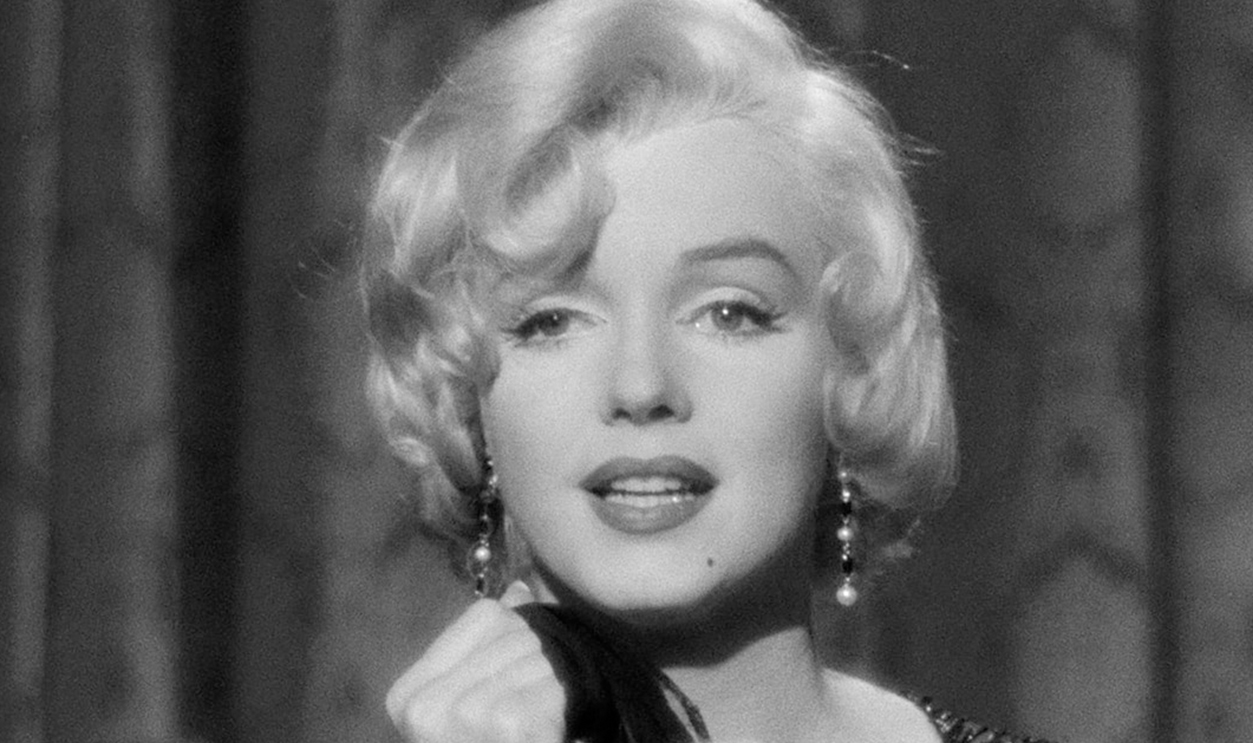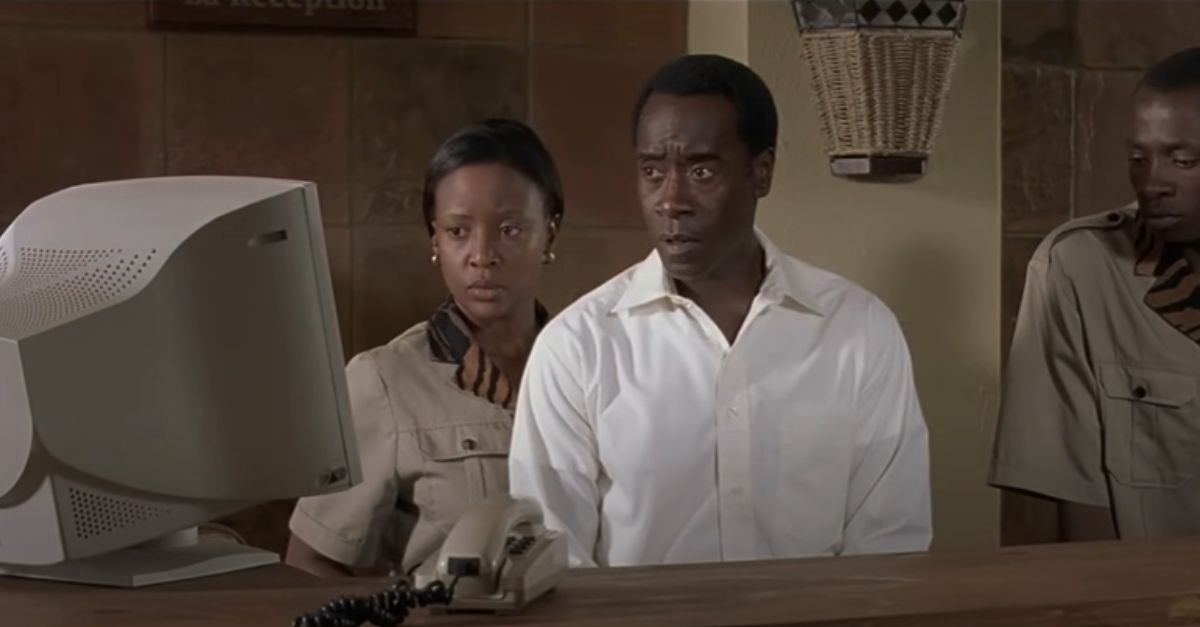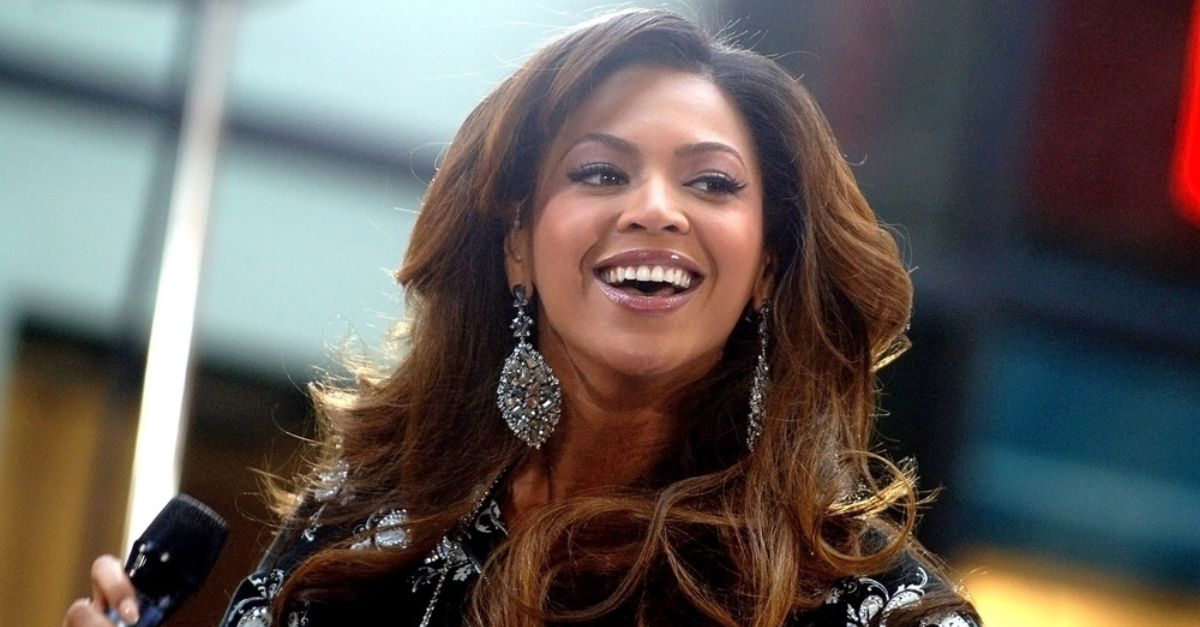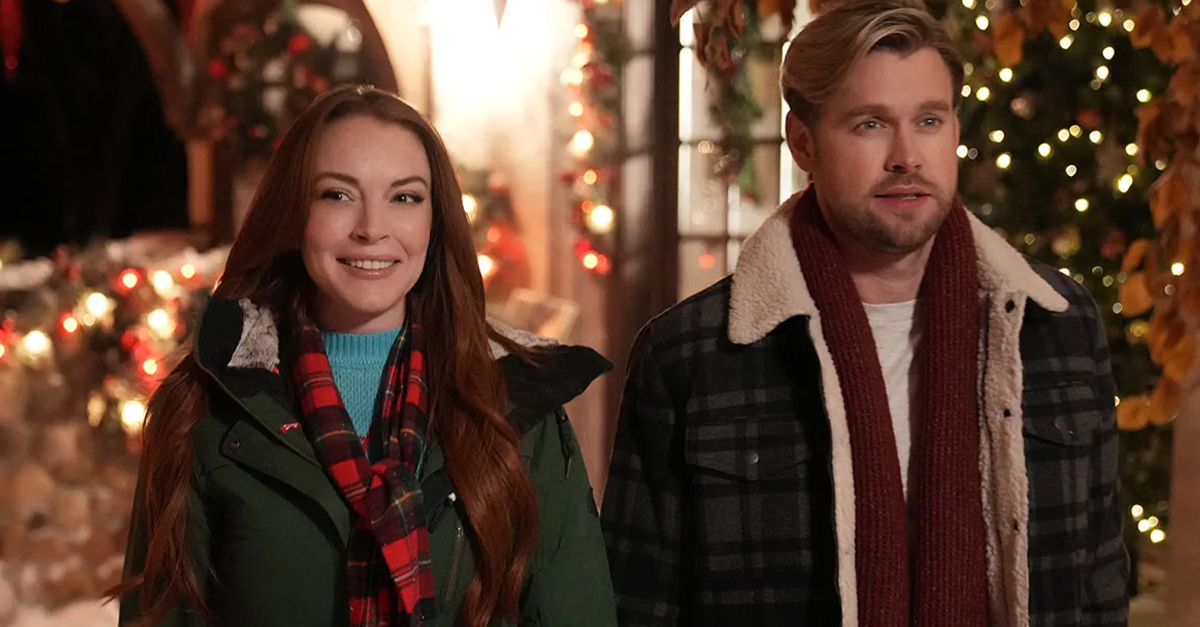Silver Screens And Golden Dreams
There was a time when Hollywood shimmered with pure imagination, when stars lit up marquees like constellations, and stories flickered across screens with wonder and grace. Between the 1930s and 1950s, the Golden Age of Hollywood redefined what cinema could be: spectacular, emotional, and eternal. It was an era of elegant movie palaces, Technicolor epics, and unforgettable performances that still inspire awe today.
Below are 25 films that didn’t just shape Hollywood—they became the very definition of it.
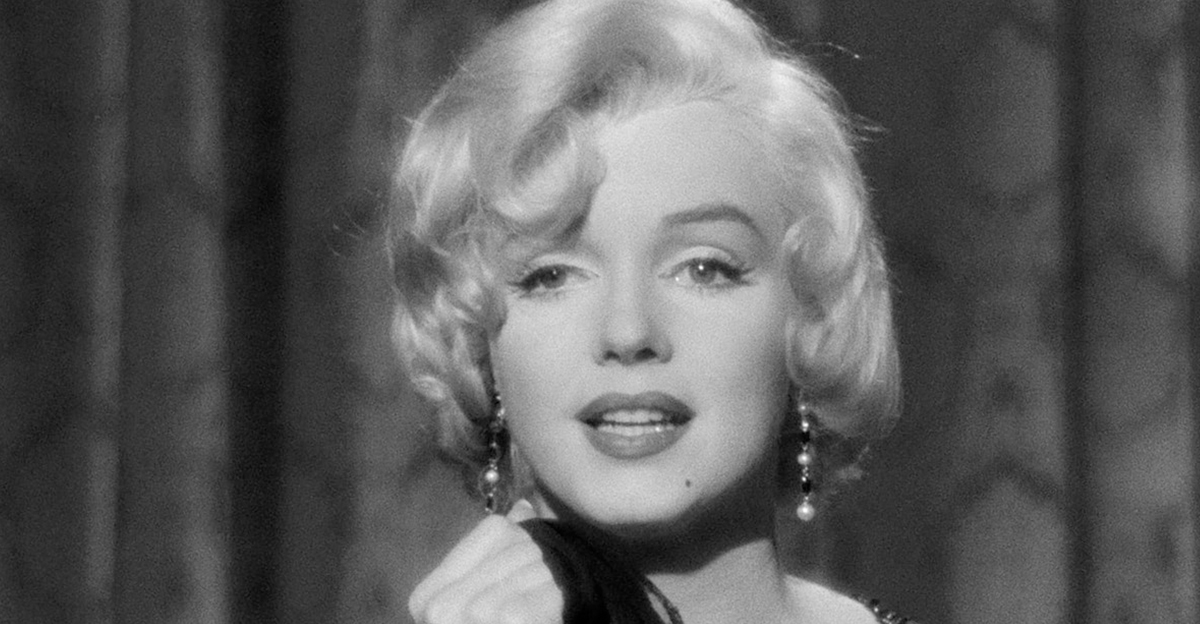
King Kong (1933)
Directed by Merian C Cooper and Ernest B Schoedsack
A cinematic marvel for its time, King Kong combined groundbreaking stop-motion effects with pure movie spectacle. Its story of beauty and the beast captivated audiences, while Willis O’Brien’s visual effects set new standards for filmmaking. The film’s towering creature and climactic Empire State Building scene became instantly iconic, securing Kong’s place in film history.
It Happened One Night (1934)
Directed by Frank Capra
This charming romantic comedy not only swept audiences off their feet but also made history as the first film to win all five major Oscars. Clark Gable and Claudette Colbert’s sizzling chemistry redefined the genre, proving that witty dialogue and human warmth could rival even the biggest spectacle.
 Unknown authorUnknown author, Wikimedia Commons
Unknown authorUnknown author, Wikimedia Commons
A Star Is Born (1937)
Directed by William A Wellman, Jack Conway, and Victor Fleming
The original A Star Is Born told a timeless tale of fame, love, and heartbreak—a story so resonant it’s been remade multiple times. With vivid Technicolor and heartfelt performances, it captured both the glamour and the tragedy of Hollywood itself, becoming a mirror for stardom’s cost.
 film screenshot (Selznick International Pictures), Wikimedia Commons
film screenshot (Selznick International Pictures), Wikimedia Commons
Gone With The Wind (1939)
Directed by Victor Fleming, George Cukor, and Sam Wood
An epic in every sense, Gone With the Wind remains a defining achievement of the studio era. Its sweeping narrative, lush cinematography, and unforgettable performances made it a box office juggernaut. Even today, its grandeur and controversial legacy make it one of cinema’s most discussed masterpieces.
 Selznick International Pictures; Fred Parrish, photographer, Wikimedia Commons
Selznick International Pictures; Fred Parrish, photographer, Wikimedia Commons
The Wizard Of Oz (1939)
Directed by Victor Fleming and King Vidor
Few films capture imagination like The Wizard of Oz. From black-and-white Kansas to the Technicolor land of Oz, the movie’s visual transformation was revolutionary. Judy Garland’s heartfelt “Over the Rainbow” became immortal, while the film’s message of home and heart continues to resonate across generations.
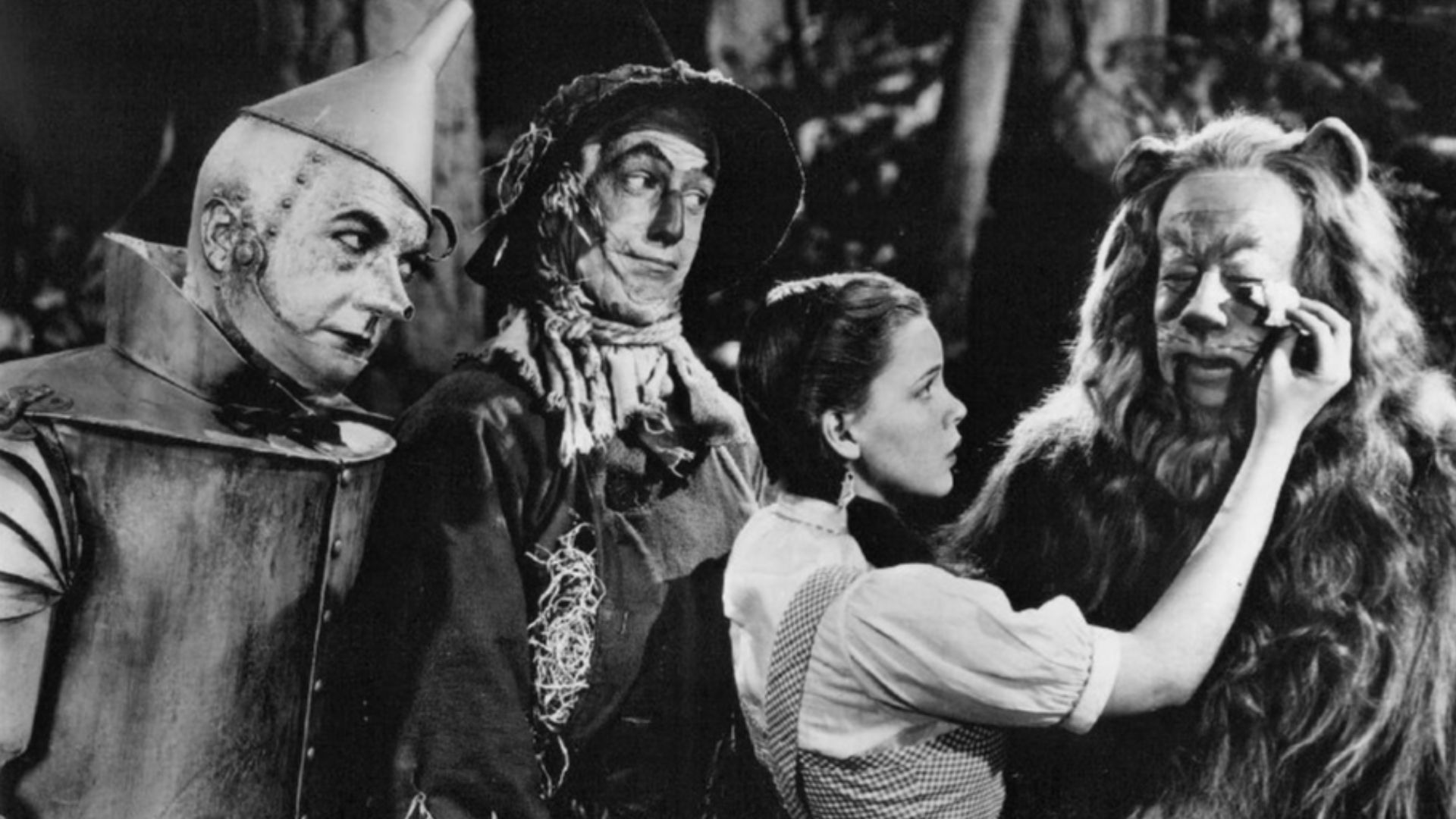 CBS Television Network, Wikimedia Commons
CBS Television Network, Wikimedia Commons
Casablanca (1942)
Directed by Michael Curtiz
“Here’s looking at you, kid”. Casablanca blended romance, politics, and moral tension like few films ever have. Humphrey Bogart and Ingrid Bergman’s chemistry created one of cinema’s most enduring love stories. Released during World War II, it became an emblem of hope, sacrifice, and timeless elegance.
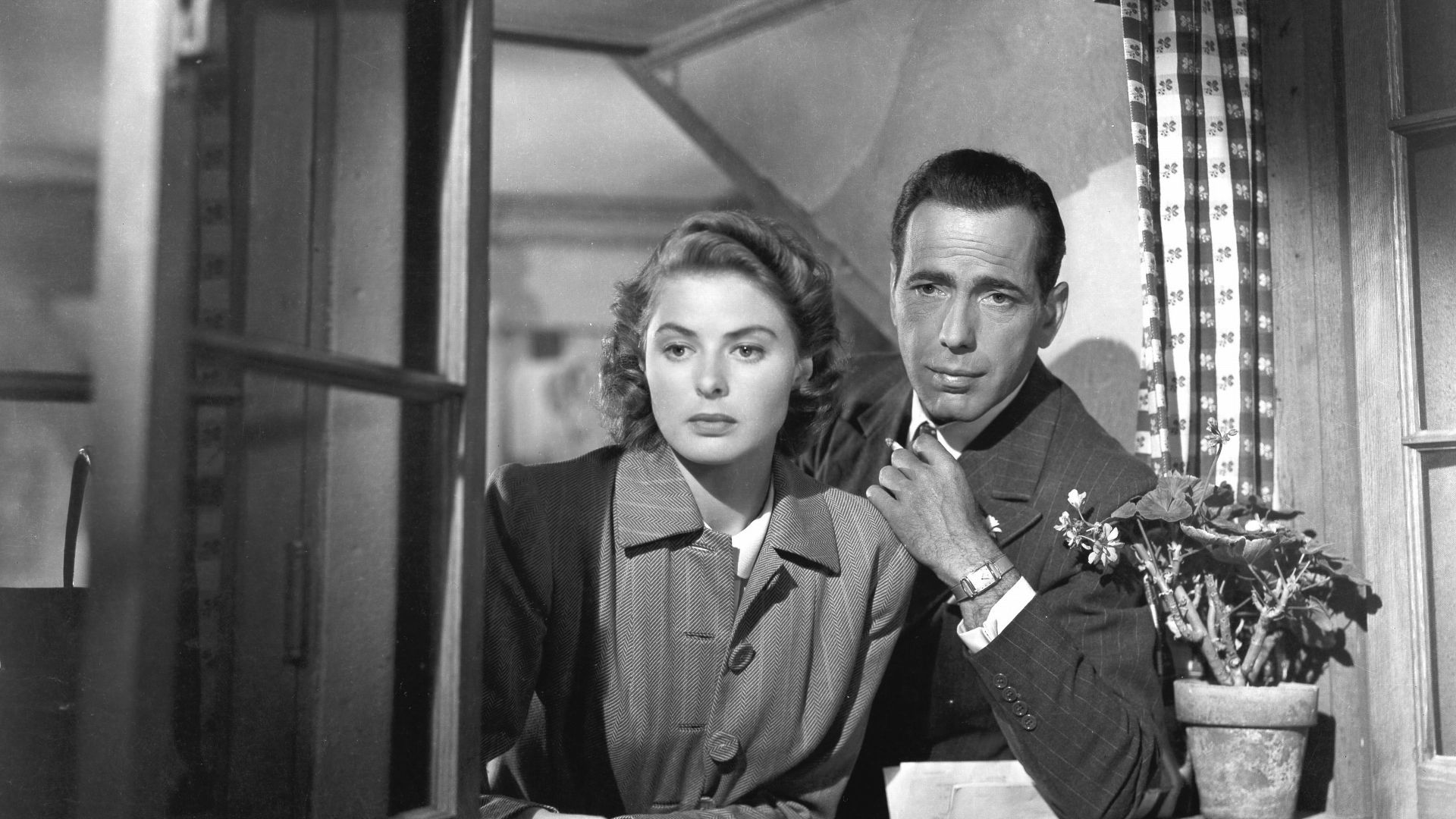 Unknown authorUnknown author, distributed by: Warner Bros. Pictures, Wikimedia Commons
Unknown authorUnknown author, distributed by: Warner Bros. Pictures, Wikimedia Commons
Dance, Girl, Dance (1940)
Directed by Dorothy Arzner
As one of Hollywood’s few female directors of the era, Dorothy Arzner brought a sharp, feminist sensibility to Dance, Girl, Dance. The film explored ambition and womanhood in show business, blending humor and drama. Today, it’s celebrated as a pioneering work of female perspective in a male-dominated industry.
 Unknown authorUnknown author, Wikimedia Commons
Unknown authorUnknown author, Wikimedia Commons
Citizen Kane (1941)
Directed by Orson Welles
Considered by many the greatest film ever made, Citizen Kane revolutionized cinema with its nonlinear storytelling, deep focus cinematography, and bold direction. Orson Welles’ masterpiece was both a technical marvel and a scathing critique of power, fame, and ego—decades ahead of its time.
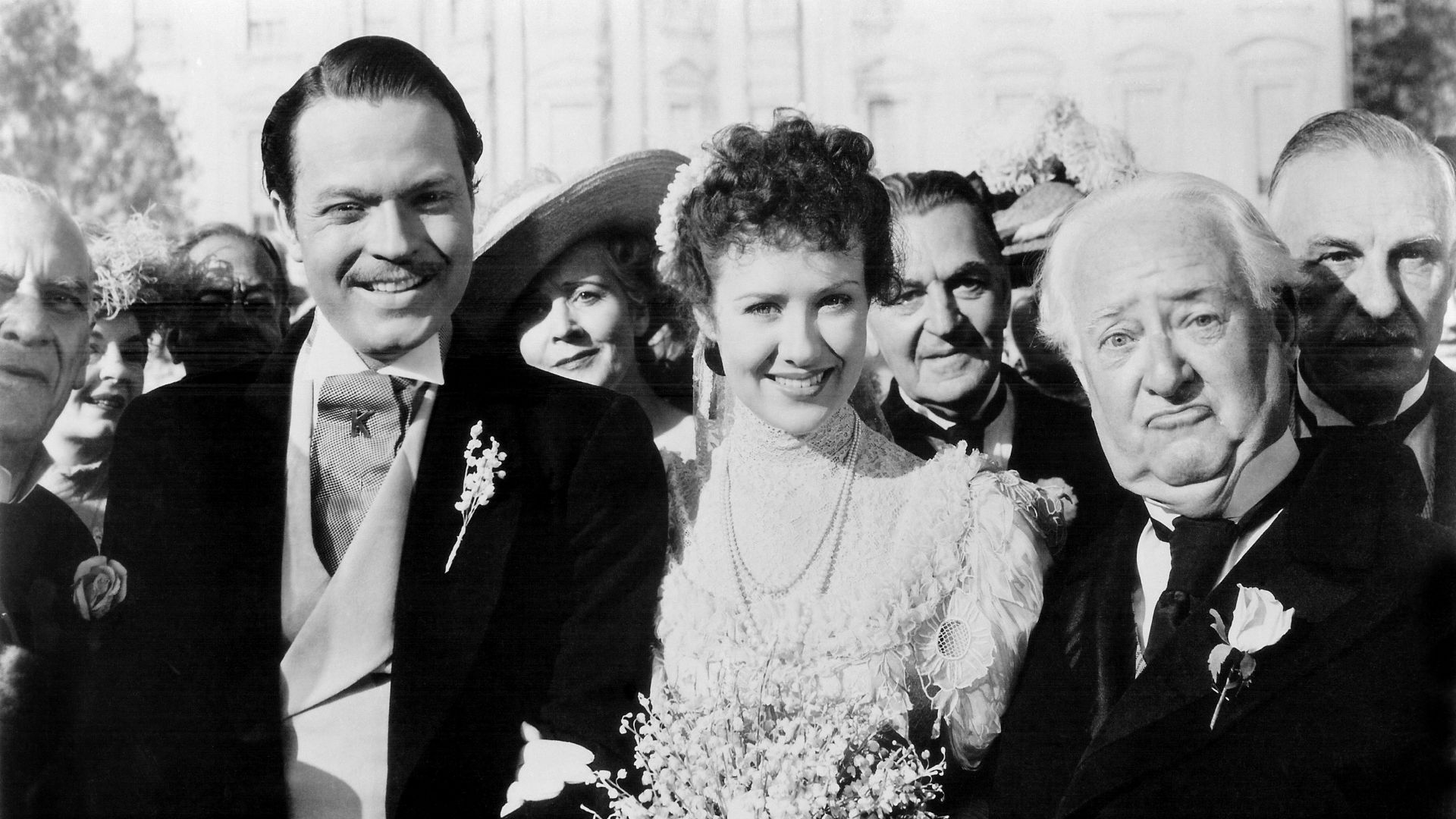 RKO Radio Pictures, still photographer Alexander Kahle, Wikimedia Commons
RKO Radio Pictures, still photographer Alexander Kahle, Wikimedia Commons
It’s A Wonderful Life (1946)
Directed by Frank Capra
Frank Capra’s heartwarming tale of redemption and gratitude remains one of the most beloved films ever made. James Stewart’s portrayal of George Bailey reminded audiences that even the smallest acts of kindness can change the world. What began as a box-office disappointment became a Christmas tradition that still moves viewers to tears.
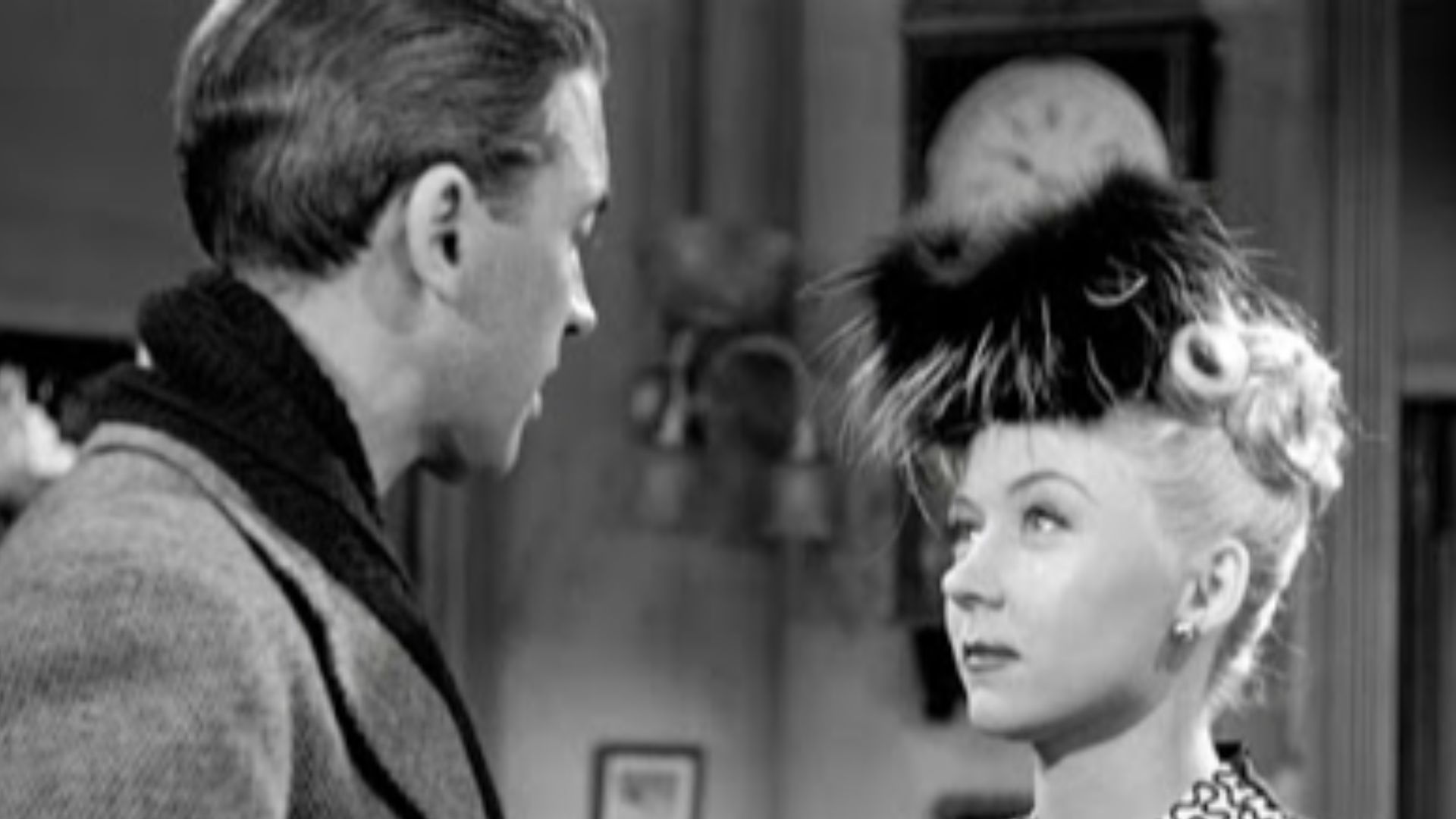 Liberty Films/RKO, Frank Capra, Wikimedia Commons
Liberty Films/RKO, Frank Capra, Wikimedia Commons
All About Eve (1950)
Directed by Joseph L Mankiewicz
This razor-sharp drama about ambition and betrayal in show business showcased Bette Davis at her finest. With biting dialogue and unforgettable performances, All About Eve exposed the ruthless world behind the spotlight—earning six Oscars and eternal acclaim for its wit and sophistication.
Sunset Boulevard (1950)
Directed by Billy Wilder
Billy Wilder’s haunting noir captured Hollywood’s darker side. Gloria Swanson’s turn as faded star Norma Desmond remains chilling and tragic, while the film’s surreal narration and gothic glamour made it one of cinema’s greatest commentaries on fame and obsession.
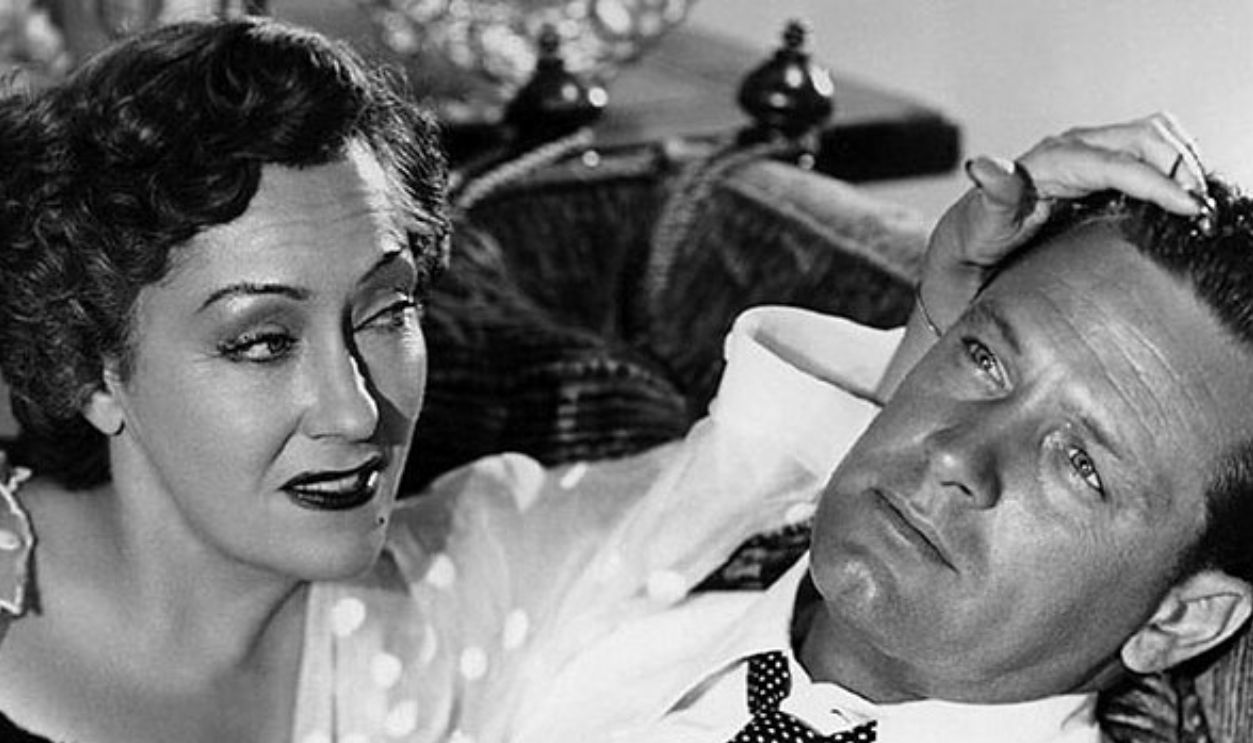 Studio publicity still, Wikimedia Commons
Studio publicity still, Wikimedia Commons
A Streetcar Named Desire (1951)
Directed by Elia Kazan
Tennessee Williams’ sultry drama found new life through Marlon Brando’s electrifying performance. A Streetcar Named Desire brought raw realism to Hollywood acting, breaking conventions with its emotional intensity and bold themes of desire and decay.
 Unknown authorUnknown author, Wikimedia Commons
Unknown authorUnknown author, Wikimedia Commons
Singin’ In The Rain (1952)
Directed by Stanley Donen and Gene Kelly
A joyous celebration of Hollywood itself, Singin’ in the Rain remains the ultimate movie musical. Gene Kelly’s athletic choreography and Debbie Reynolds’ infectious charm turned this Technicolor masterpiece into a timeless love letter to cinema’s transition from silence to sound.
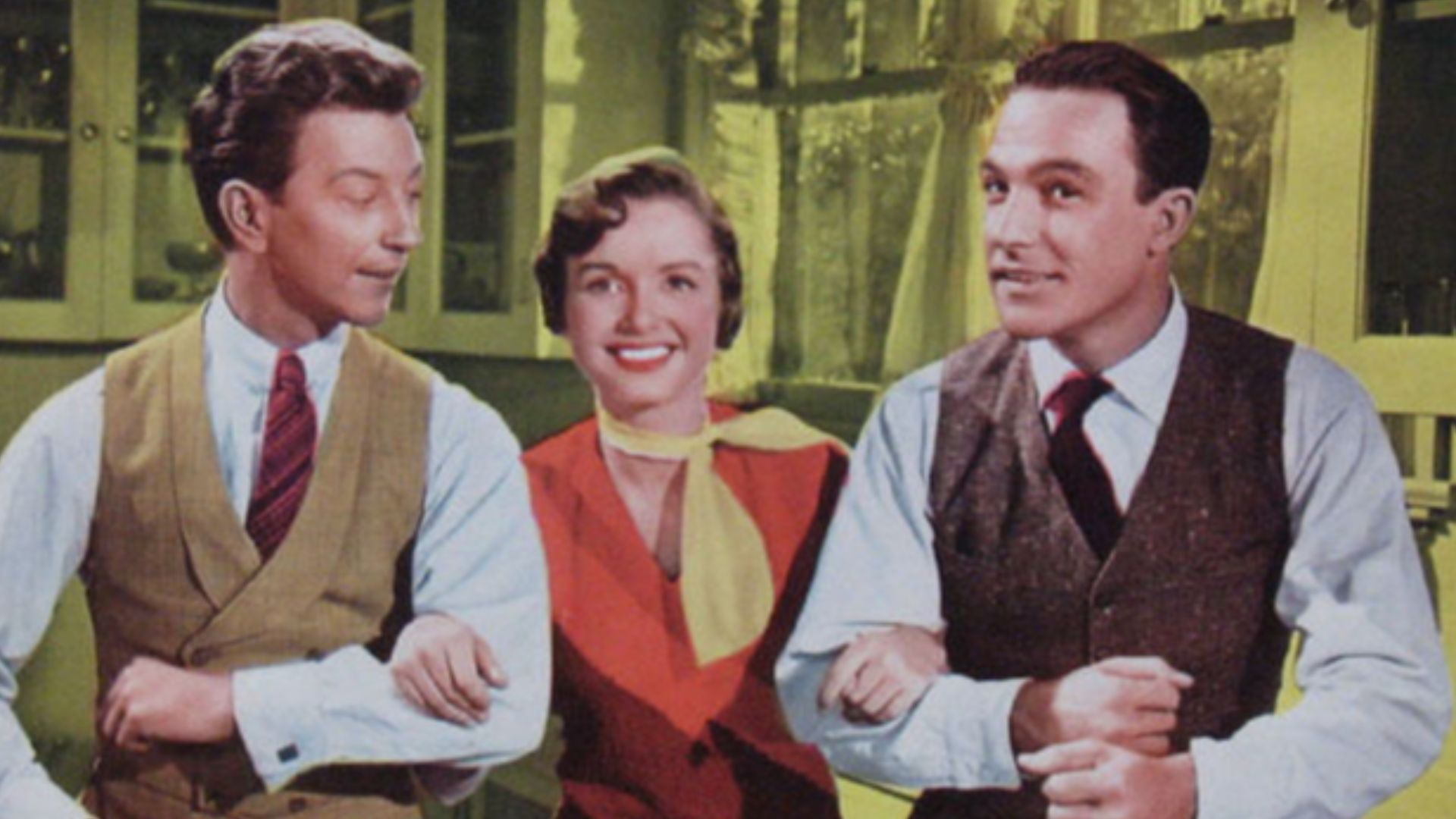 Metro Goldwyn Mayer, Wikimedia Commons
Metro Goldwyn Mayer, Wikimedia Commons
Rear Window (1954)
Directed by Alfred Hitchcock
Hitchcock’s voyeuristic thriller turned a single apartment courtyard into a world of suspense. James Stewart and Grace Kelly deliver perfect performances in a film that examines curiosity, isolation, and moral ambiguity—all through Hitchcock’s unparalleled visual storytelling.
 Trailer screenshot, Wikimedia Commons
Trailer screenshot, Wikimedia Commons
Carmen Jones (1954)
Directed by Otto Preminger
An all-Black reimagining of Bizet’s Carmen, this musical broke racial barriers in Hollywood. With Dorothy Dandridge’s mesmerizing performance and Harry Belafonte’s charisma, Carmen Jones proved that Black-led films could achieve both artistic brilliance and box-office success.
 Silver Screen Collection, Getty Images
Silver Screen Collection, Getty Images
The Defiant Ones (1958)
Directed by Stanley Kramer
A bold exploration of race and humanity, The Defiant Ones paired Sidney Poitier and Tony Curtis as escaped convicts bound together by a chain and circumstance. The film’s message of empathy and equality resonated deeply in a divided America and earned nine Oscar nominations.
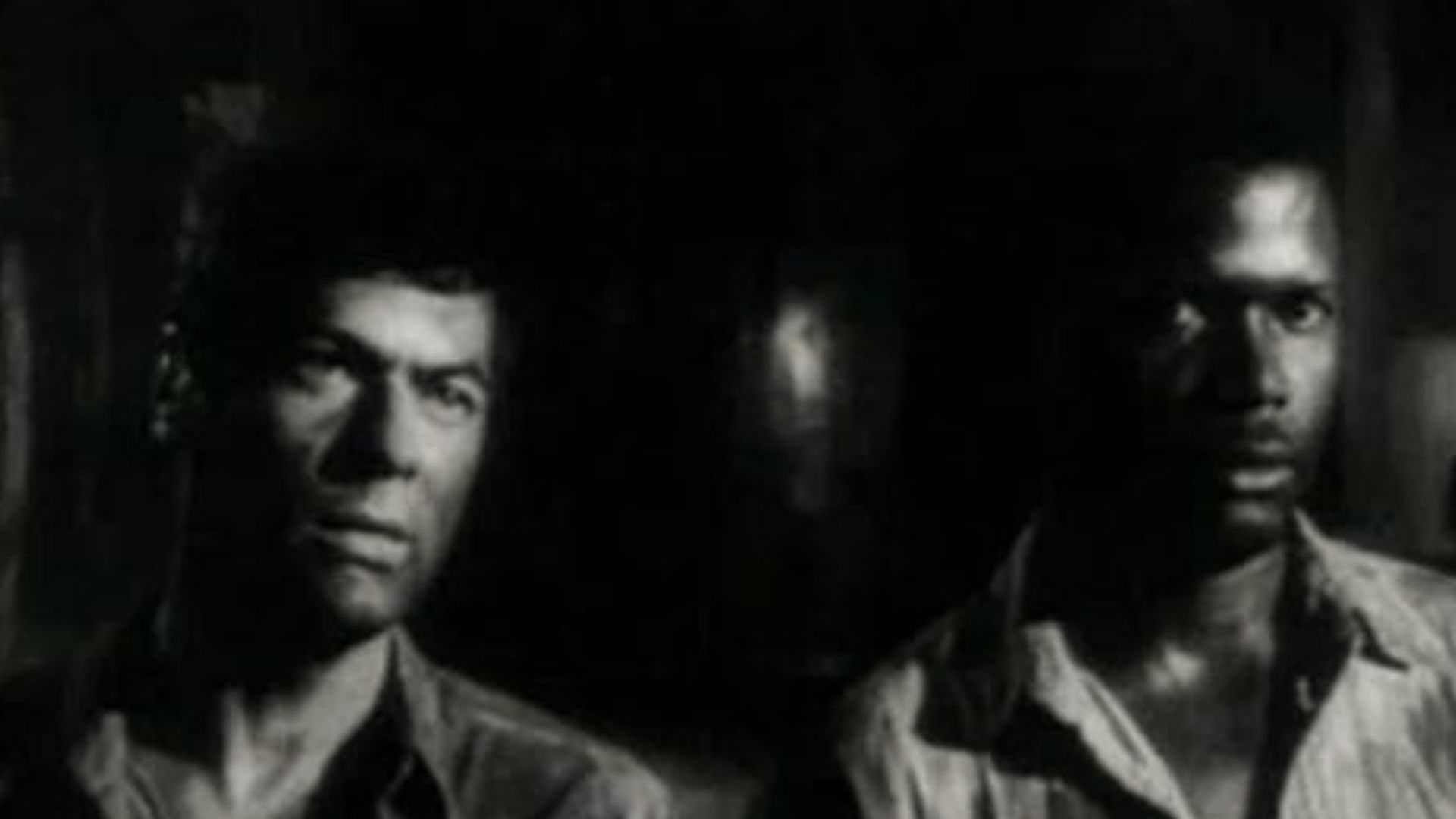 trailer screenshot (United Artists), Wikimedia Commons
trailer screenshot (United Artists), Wikimedia Commons
Ben-Hur (1959)
Directed by William Wyler
An unmatched epic in scale and spirit, Ben-Hur redefined spectacle. With its legendary chariot race and groundbreaking special effects, the film won a record 11 Oscars. It symbolized the peak of Hollywood’s studio-era grandeur, where storytelling met technological innovation.
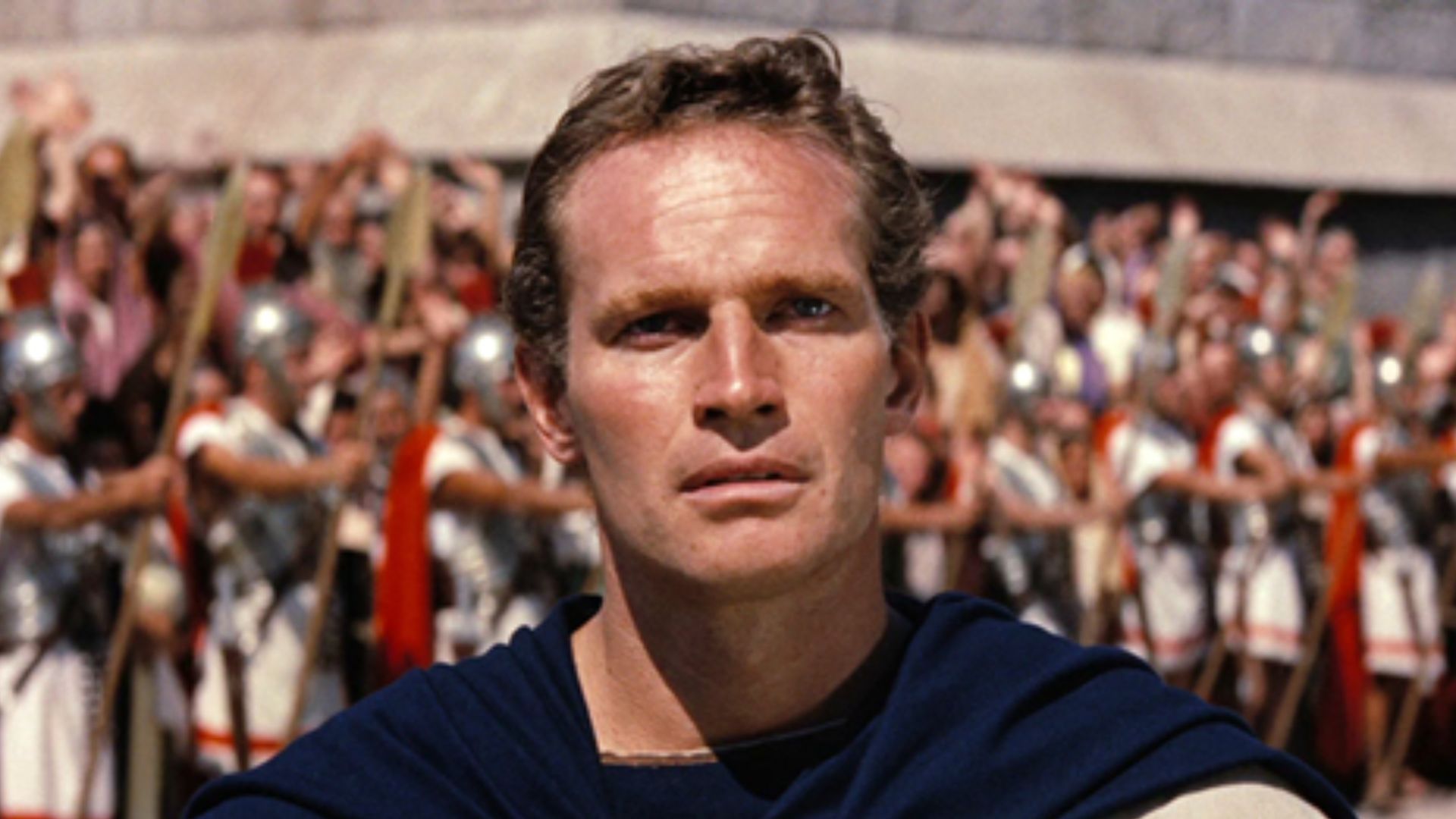 Trailer screenshot, Wikimedia Commons
Trailer screenshot, Wikimedia Commons
North By Northwest (1959)
Directed by Alfred Hitchcock
Equal parts suspense and adventure, North by Northwest showcased Hitchcock at his most playful. Cary Grant’s charm and the thrilling Mount Rushmore finale made it a stylish and sophisticated spy chase that influenced generations of filmmakers.
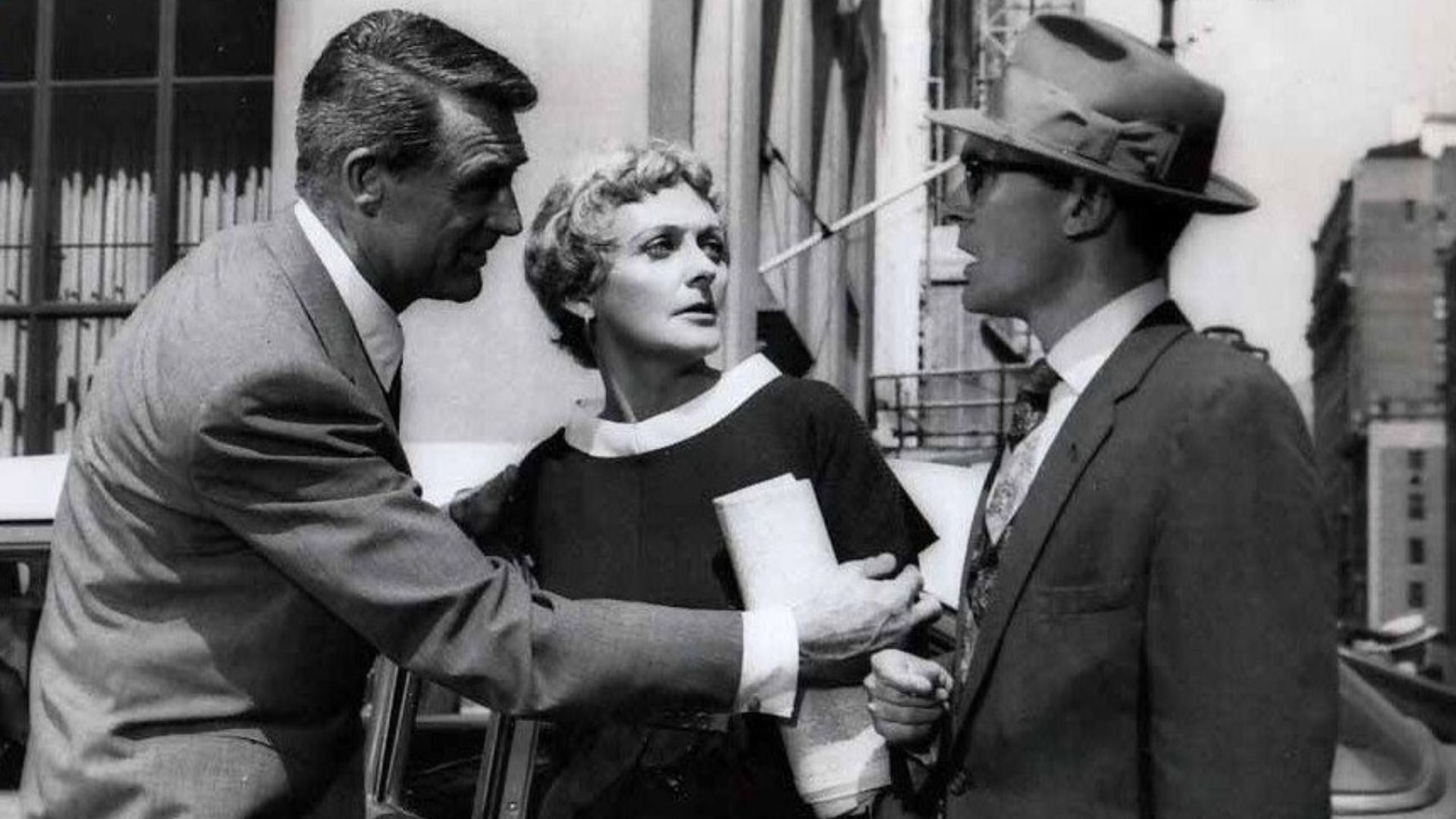 unknown (MGM), Wikimedia Commons
unknown (MGM), Wikimedia Commons
Some Like It Hot (1959)
Directed by Billy Wilder
Marilyn Monroe, Tony Curtis, and Jack Lemmon made comedic magic in Some Like It Hot. Its gender-bending premise and witty script pushed boundaries for its time, while its humor and charm have kept it endlessly rewatchable. “Nobody’s perfect,” indeed.
All Quiet On The Western Front (1930)
Directed by Lewis Milestone
This antiwar masterpiece stunned audiences with its realism and emotional power. Adapted from Erich Maria Remarque’s novel, it showed the human cost of World War I with groundbreaking camera work and unflinching honesty, setting the tone for war dramas to come.
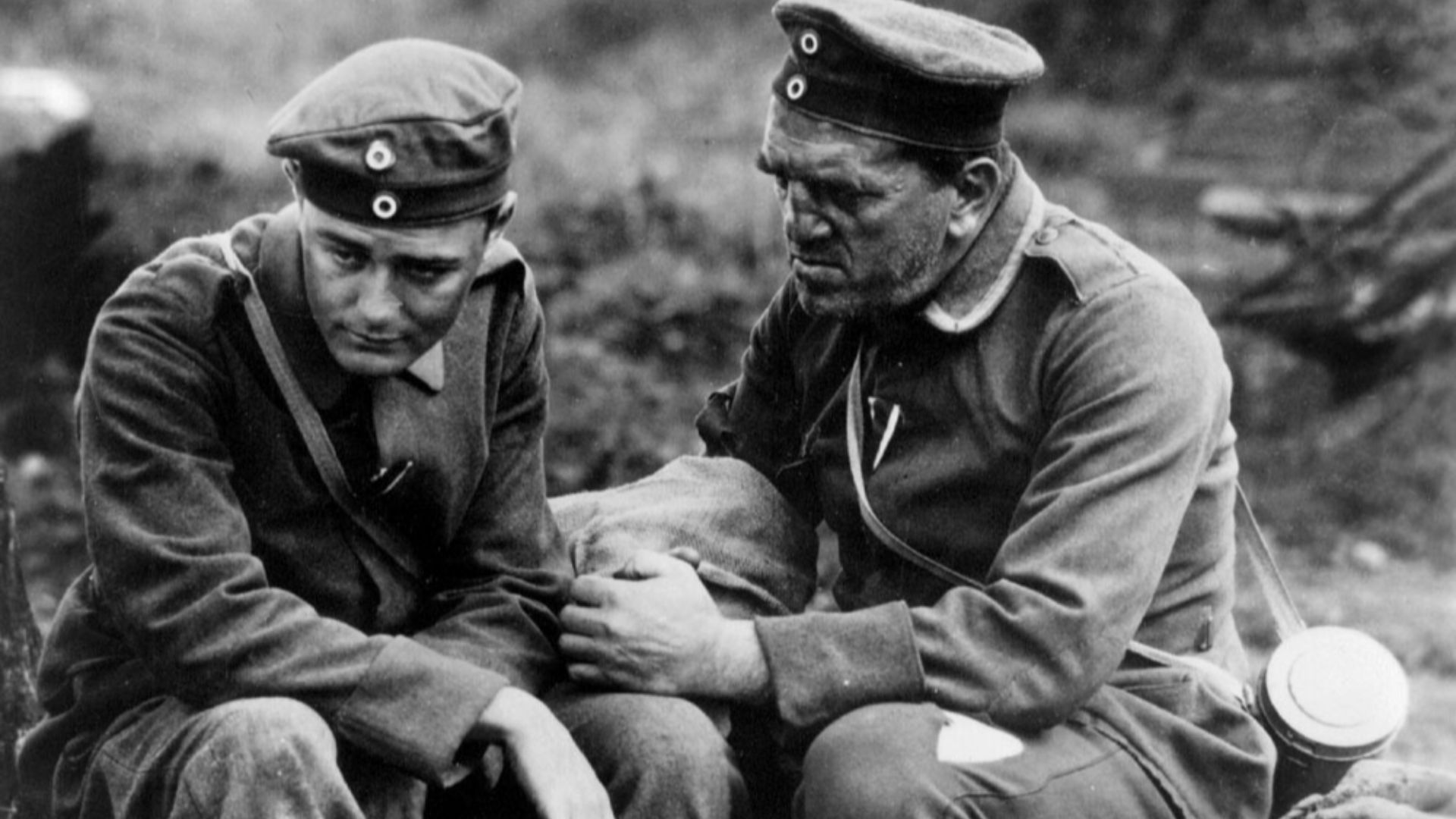 Unknown authorUnknown author, Wikimedia Commons
Unknown authorUnknown author, Wikimedia Commons
City Lights (1931)
Directed by Charlie Chaplin
Chaplin’s silent classic blended comedy and heartbreak in perfect harmony. City Lights showcased the Little Tramp’s humanity in an age when talkies were taking over, proving that emotion transcends dialogue. Its final scene remains one of cinema’s most moving moments.
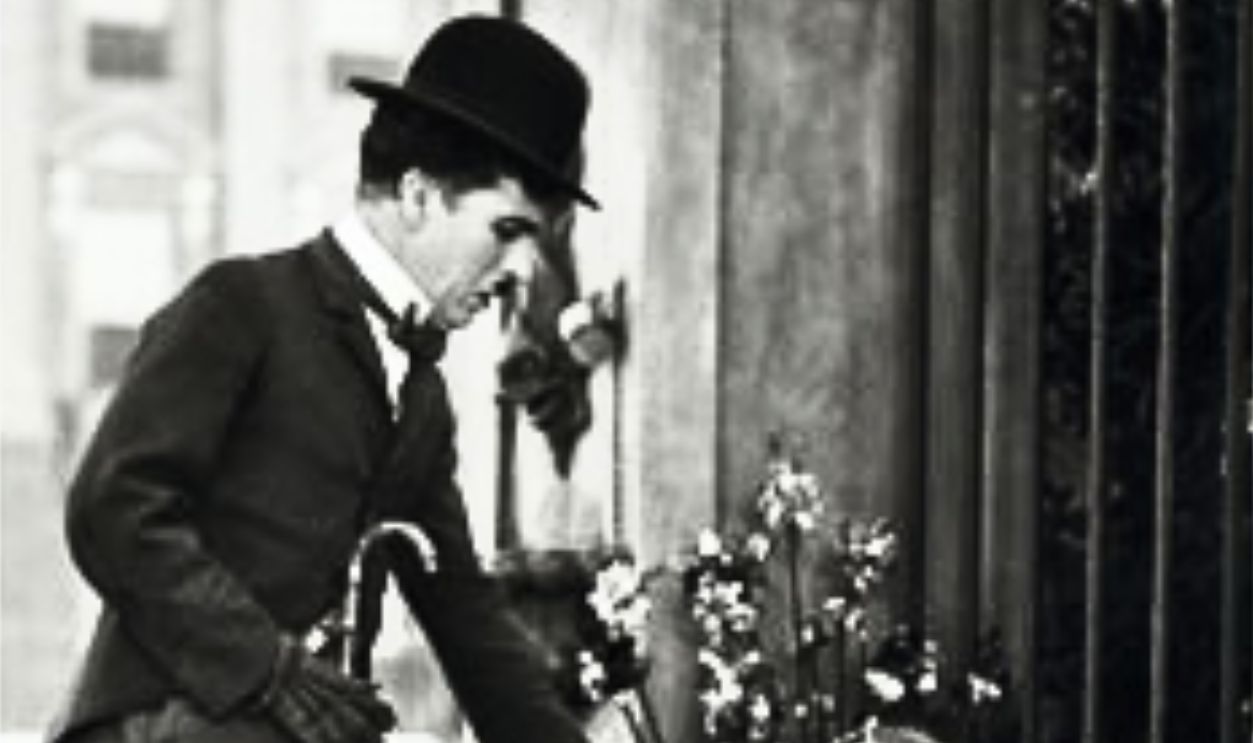 United Artists, Wikimedia Commons
United Artists, Wikimedia Commons
Stagecoach (1939)
Directed by John Ford
With Stagecoach, John Ford transformed the Western into serious art. Featuring John Wayne’s breakout role, the film combined sweeping landscapes with nuanced storytelling. It elevated the genre beyond simple shootouts, giving depth and dignity to the American frontier myth.
 United Artists, Wikimedia Commons
United Artists, Wikimedia Commons
The Grapes Of Wrath (1940)
Directed by John Ford
Adapted from John Steinbeck’s novel, The Grapes of Wrath portrayed the struggles of Dust Bowl families during the Great Depression. Henry Fonda’s performance embodied dignity amid despair, and Ford’s direction turned hardship into poetry, capturing the resilience of the human spirit.
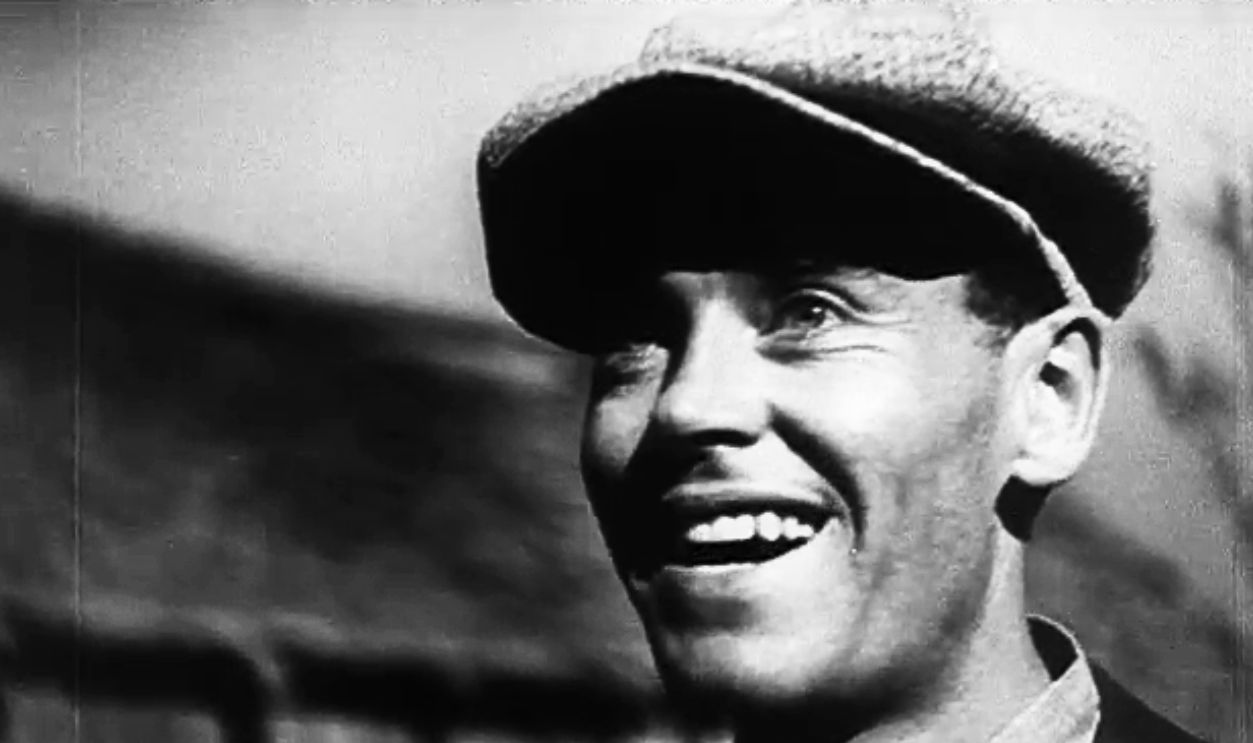 A Darryl F. Zanuck Production, Wikimedia Commons
A Darryl F. Zanuck Production, Wikimedia Commons
Roman Holiday (1953)
Directed by William Wyler
Audrey Hepburn’s luminous debut made Roman Holiday a romantic masterpiece. Her chemistry with Gregory Peck, combined with the beauty of postwar Rome, created a fairy tale that felt real. Hepburn’s performance won her an Oscar—and audiences’ eternal adoration.
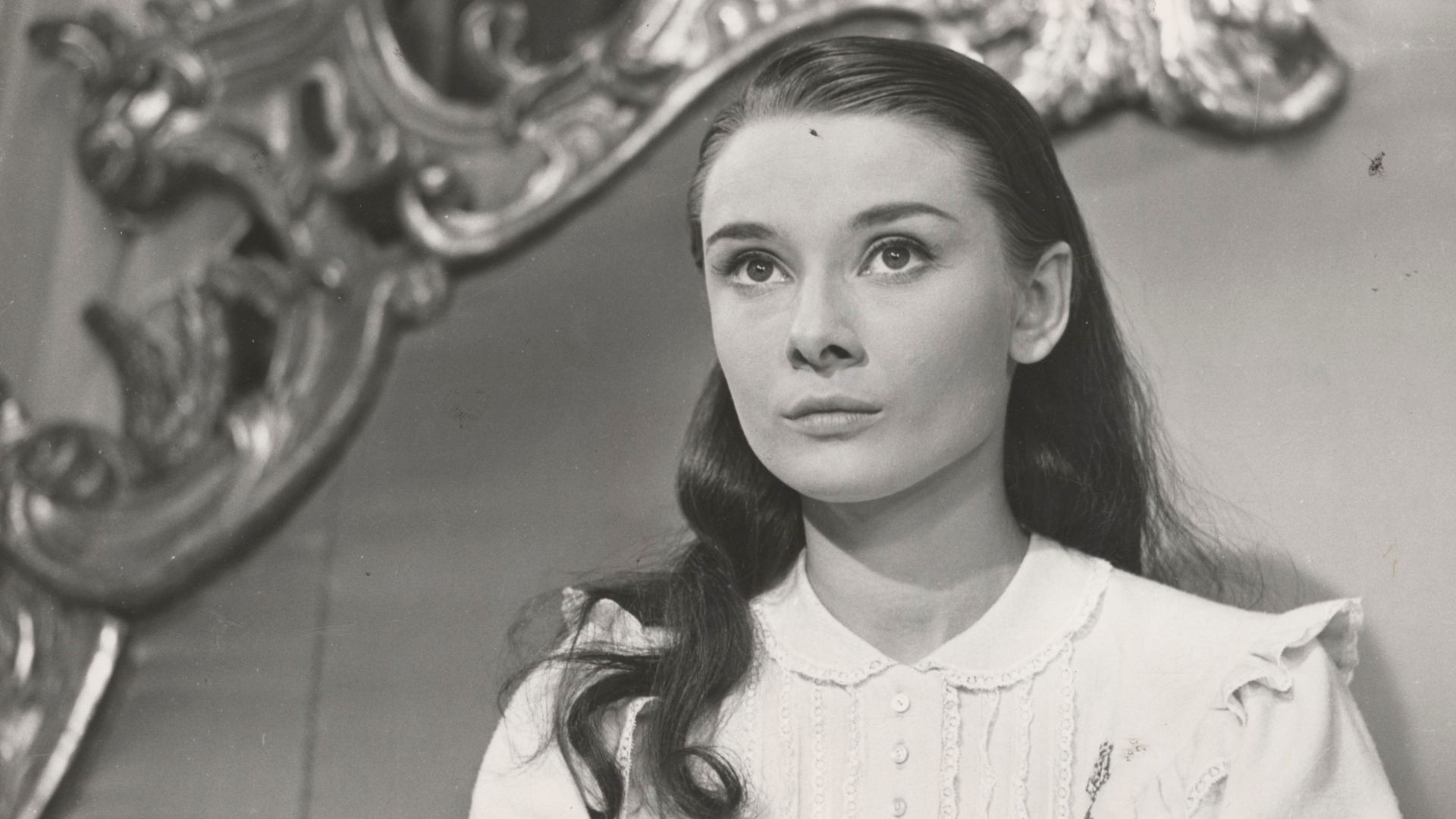 Unknown authorUnknown author, Wikimedia Commons
Unknown authorUnknown author, Wikimedia Commons
Vertigo (1958)
Directed by Alfred Hitchcock
Often cited as Hitchcock’s masterpiece, Vertigo explored obsession, identity, and illusion with haunting precision. James Stewart’s tragic performance and Bernard Herrmann’s hypnotic score created an atmosphere of dreamlike tension. Today, it’s revered as one of the greatest films ever made.
 Alfred Hitchcock, Wikimedia Commons
Alfred Hitchcock, Wikimedia Commons
You May Also Like:
Forgotten Shows From The Golden Age Of Television
Forgotten Old Hollywood Actresses

